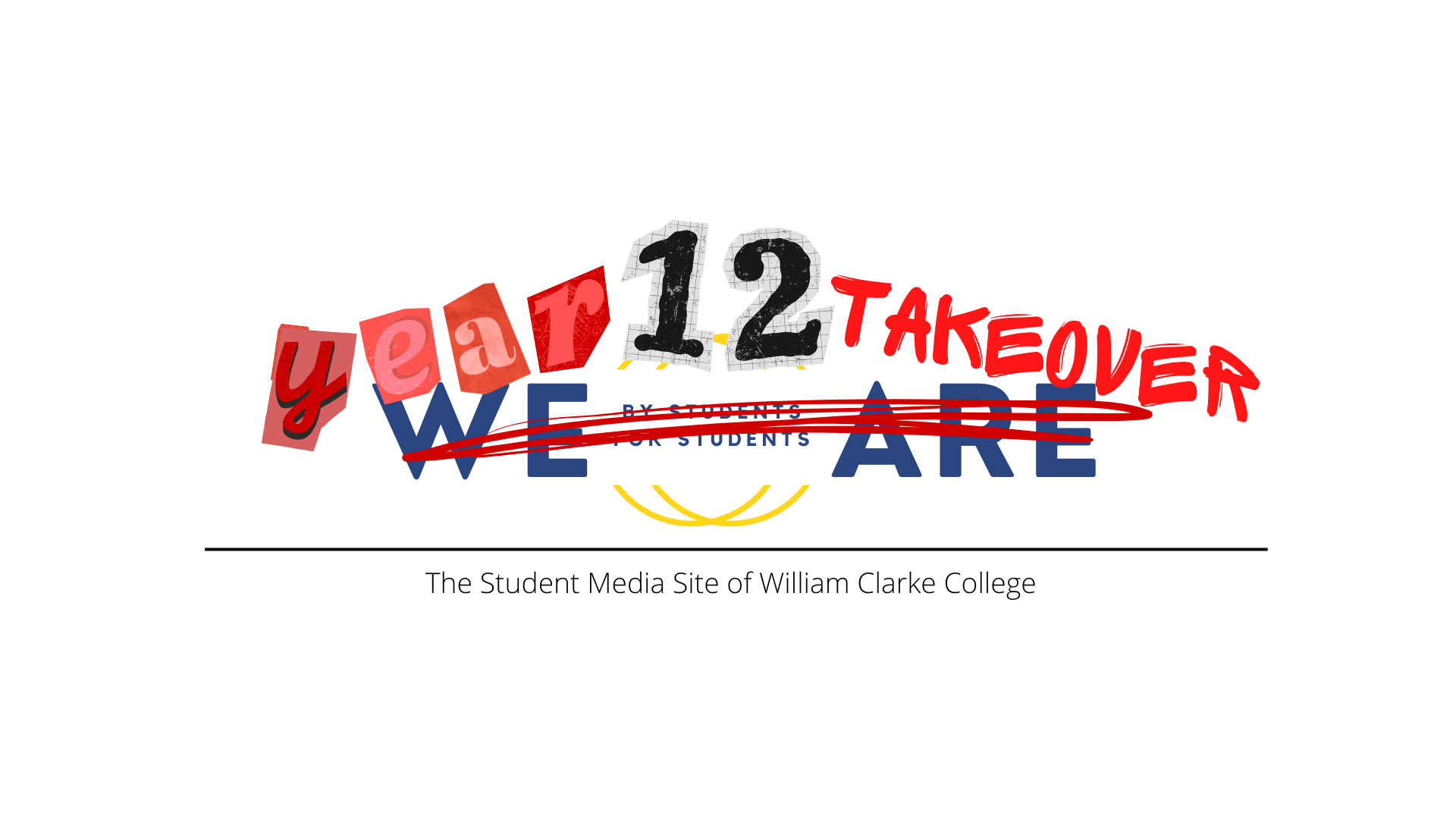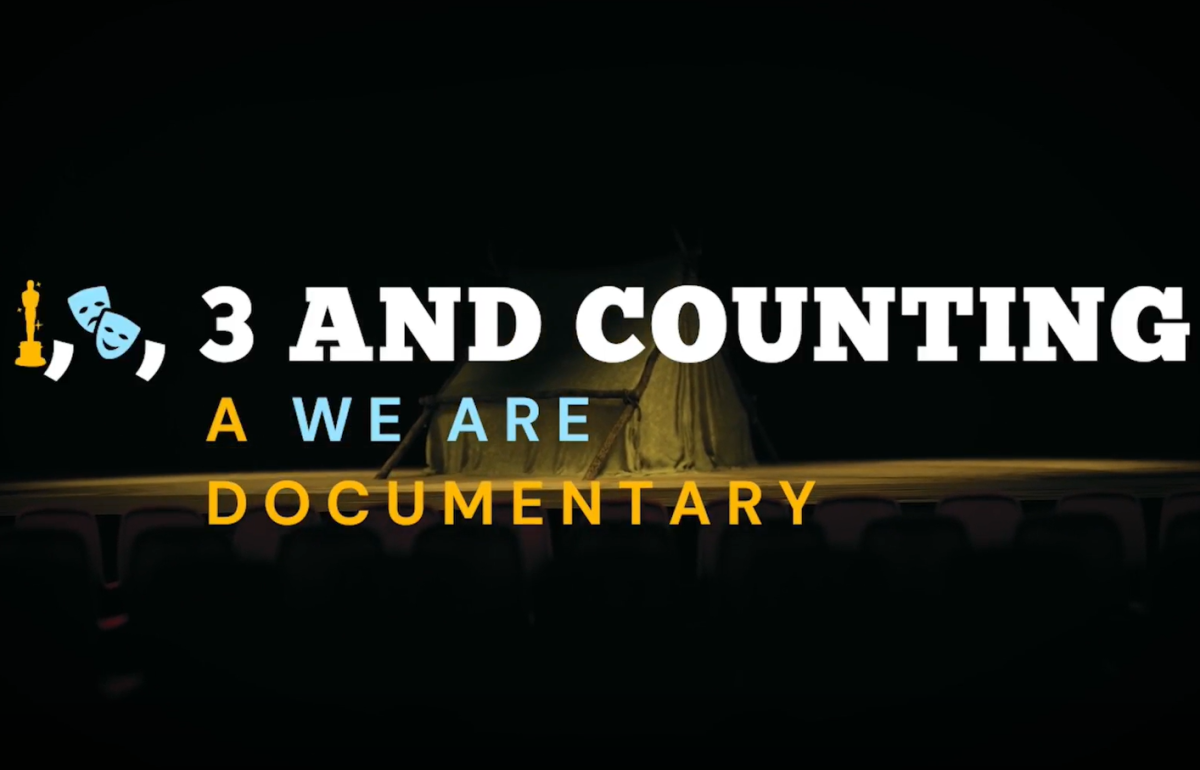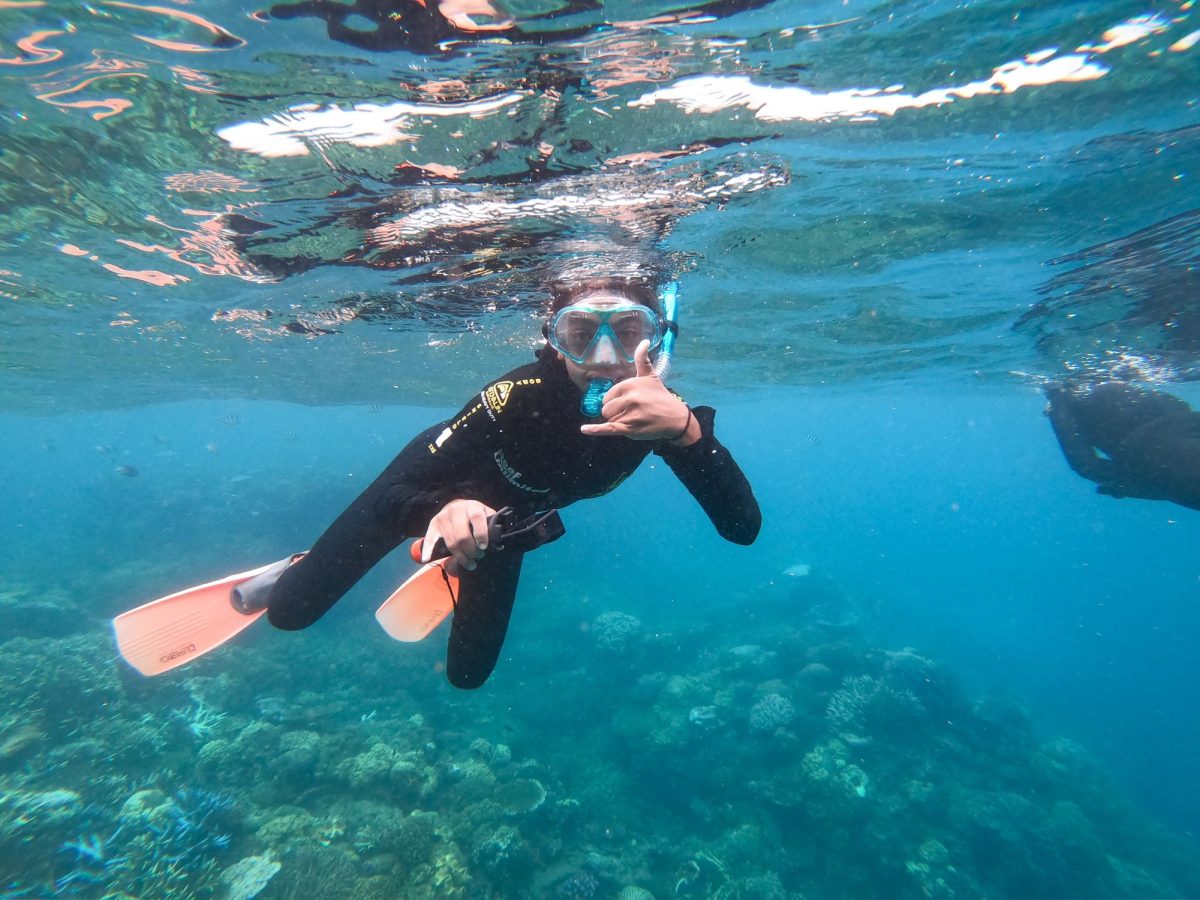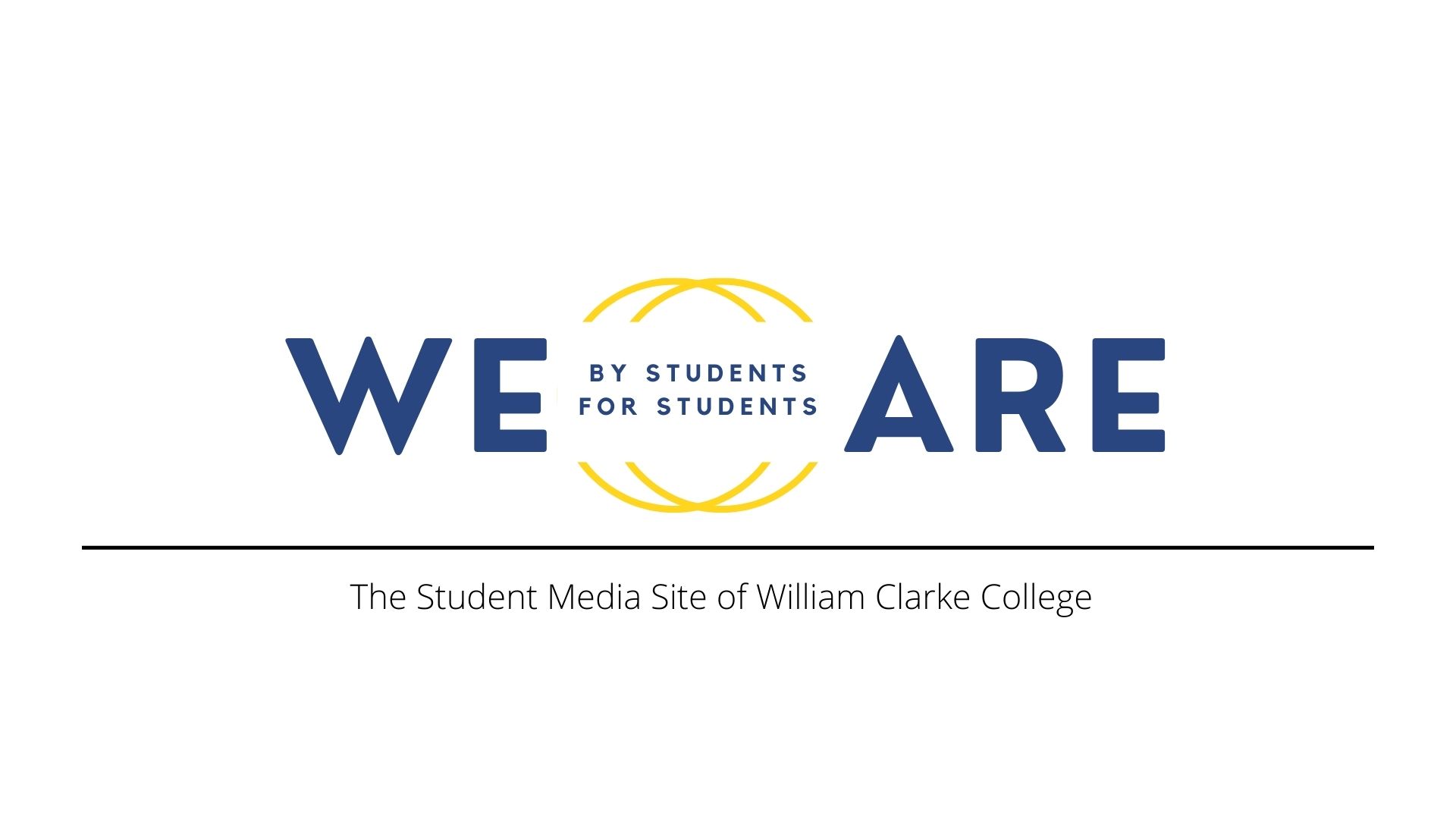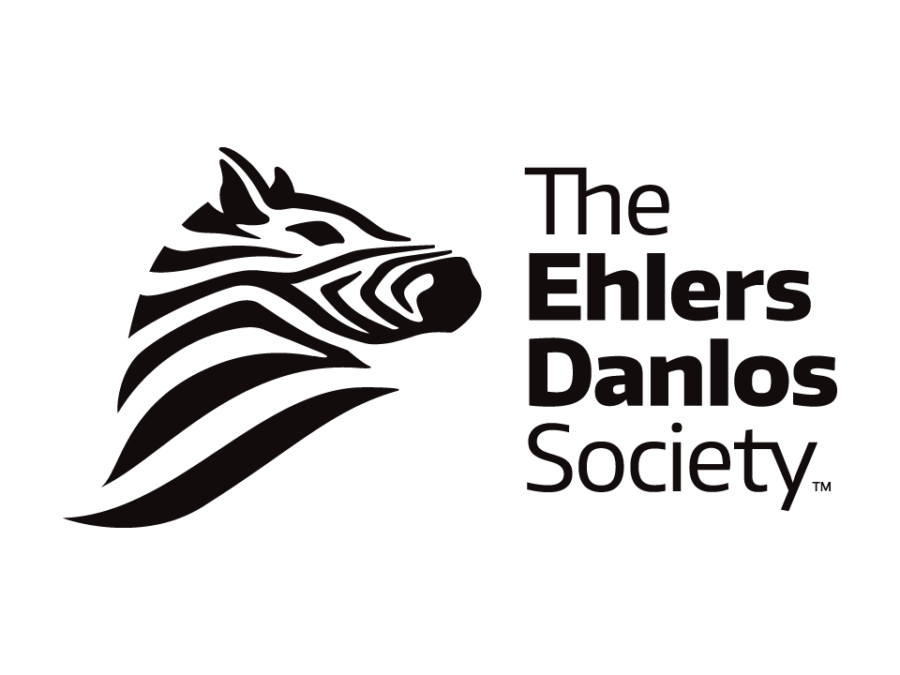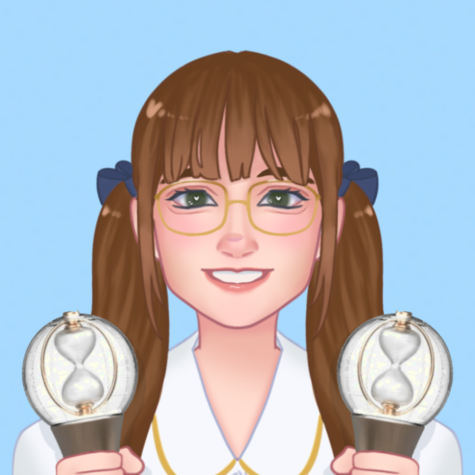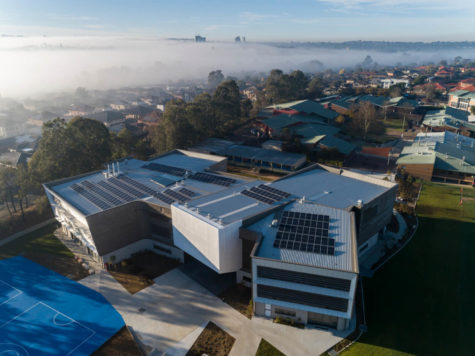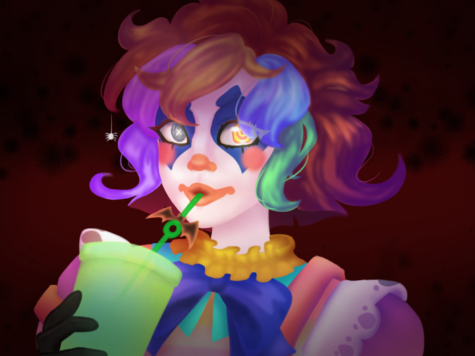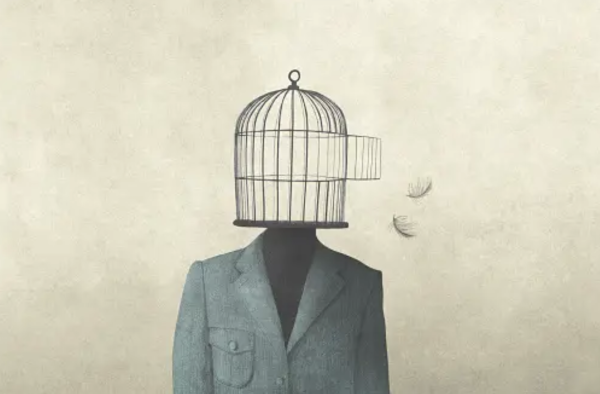I’m a Zebra. Ask me why. (EDS awareness)
October 26, 2022
https://www.ehlers-danlos.com/about-us/
Last week, Australia promoted Hidden Disabilities Awareness Week, in the hope of raising awareness of non-visible disabilities. Such disabilities include autism, chronic pain, learning difficulties, mobility or speech impairments, sensory loss, respiratory disorders, and chronic disorders.
The emphasis and key take away of this week was the acknowledgment of the struggles individuals with these disabilities may face – though others may not be able to see these impairments and conditions, they’re still there. They’re still an obstacle people living with these must overcome.
A lack of understanding and negative attitudes often act as some of the most powerful barriers to people living with these impairments or disorders.
One such condition is a rare connective tissue disorder known as Hypermobile Ehlers Danlos Syndrome (EDS). Ehlers Danlos Syndromes are a group of hereditary connective tissue that are varied in the ways they affect the body and in their genetic causes. Connective tissue is a vital aspect of the body and provides structure and support to many tissues and organs including bone, blood vessels, tendons, ligaments, lymphatic vessels, and the tissue that holds the gastrointestinal tract in place among others.
Current research has concluded that the genetic faults of an individual can explain the lack of collagen, or in some subtypes, proteins that work alongside it, which is vital to the strength of connective tissue. Without these proteins, the connective tissue weakens, leading to the conditions of EDS. This genetic fault can also have diverse impacts on the different tissues and organs.
There are currently 13 classifications of EDS, including the aforementioned hypermobile subtype. In all but this subtype, the cause for the syndromes have been identified as genetic variants, and these are part of the diagnostic criteria. Sometimes, when a person is unable to experience genetic testing to confirm this diagnosis, but present with the minimal clinical requirement of EDS, a ‘provisional clinical diagnosis’ can be made.
This criterion aims to diagnose the subtype that is the best fit, considering major and minor criteria to do so. As the origins of hypermobile EDS is unknown genetically, a diagnosis requires a meeting of the criteria alongside a doctor’s findings.
Many people facing this condition (and other multisystemic conditions) can often be overlooked due to the presentation of symptoms and the lack of knowledge about the conditions.
Just like when a person hears hoofbeats, they expect to see a horse, sometimes, in fact, it can actually be a zebra approaching. The Elhers-Danos Society has chosen the zebra as a symbol of their organisation as it sends the message that people should expect the unexpected and not make assumptions about another person’s disability or struggle.
Additionally, just as no two zebras bare the same stripes, no two people experience EDS, or other connective tissue disorders the same. It is acknowledged on the Ehlers Danlos Society website that “diagnostic criteria are meant solely to distinguish an EDS from other hereditary disorders of connective tissue, and there are many more symptoms for each EDS than there are in the diagnostic criteria.”
Megan S (Yr 9) was diagnosed with h-EDS earlier this year, and in an effort to support others who suffer from rare genetic conditions, she is donating her hair to the Hair with Heart charity. Furthermore, she is raising both funds and awareness for the Rare Voices charity, who do great work supporting Australians living with rare diseases.
Meg has been growing her hair since she was a toddler, but decided it was a small sacrifice to donate it to those who need it more than she does and to contribute to a charity that is close to her heart.
I, alongside the other Service Prefects, would like to encourage all of your support to this great cause, to help spark conversations and send such a powerful message.
Thank you.
Please see the link below for donations:
